👤作者介绍:10年大厂数据\经营分析经验,现任大厂数据部门负责人。
会一些的技术:数据分析、算法、SQL、大数据相关、python
作者专栏每日更新:
LeetCode解锁1000题: 打怪升级之旅LeetCode解锁1000题: 打怪升级之旅
https://blog.csdn.net/cciehl/category_12625714.html
python数据分析可视化:企业实战案例https://blog.csdn.net/cciehl/category_12615648.html
备注说明:方便大家阅读,欢迎关注公众号 数据分析螺丝钉 回复关键词 【学习资料】领取notebook和代码调试过程,一起打怪升级今日推荐:imagemagick 是一个功能强大的图像处理工具,本文用来记录每个运行的步骤通过GIF来呈现
题目描述
输入:[74,55,35,79,57,71,81,5,82,1]
输出:[1,5,35,55,57,71,74,79,81,82]。
冒泡算法
冒泡排序是计算机科学中最简单的排序算法之一。这个算法的名字来源于较小的元素会通过交换逐渐“冒泡”到列表的顶端,就像水中的气泡一样。
算法原理
冒泡排序算法的核心原理基于两个嵌套循环,通过反复交换数组中相邻的元素,直到整个数组排序完成。其主要过程分为两部分:
-
内循环(比较与交换):算法从数组的第一个元素开始,比较相邻的元素对
(j, j+1)。如果j位置的元素大于j+1位置的元素(对于升序排序),则这两个元素的位置会被交换。这一过程一直重复,直到到达数组的末尾。每完成一轮内循环,都能保证这一轮中最大的元素被"冒泡"到其最终位置(即数组的最右端)。-
要注意的优化:防止已经排序的重复执行,通过增加一个标志位 flag ,若在某轮「内循环」中未执行任何交换操作,则说明数组已经完成排序,直接返回结果即可。这个在已经排序好的情况下 可以减少不必要的比较
-
-
外循环(迭代排序的过程):外循环控制内循环的重复执行,每执行完一次内循环后,排序的范围就减少一个元素(因为每次内循环都会将当前未排序部分的最大元素放到正确的位置)。外循环持续进行,直到整个数组排序完成。
让我们一起如图跟着一起过一遍
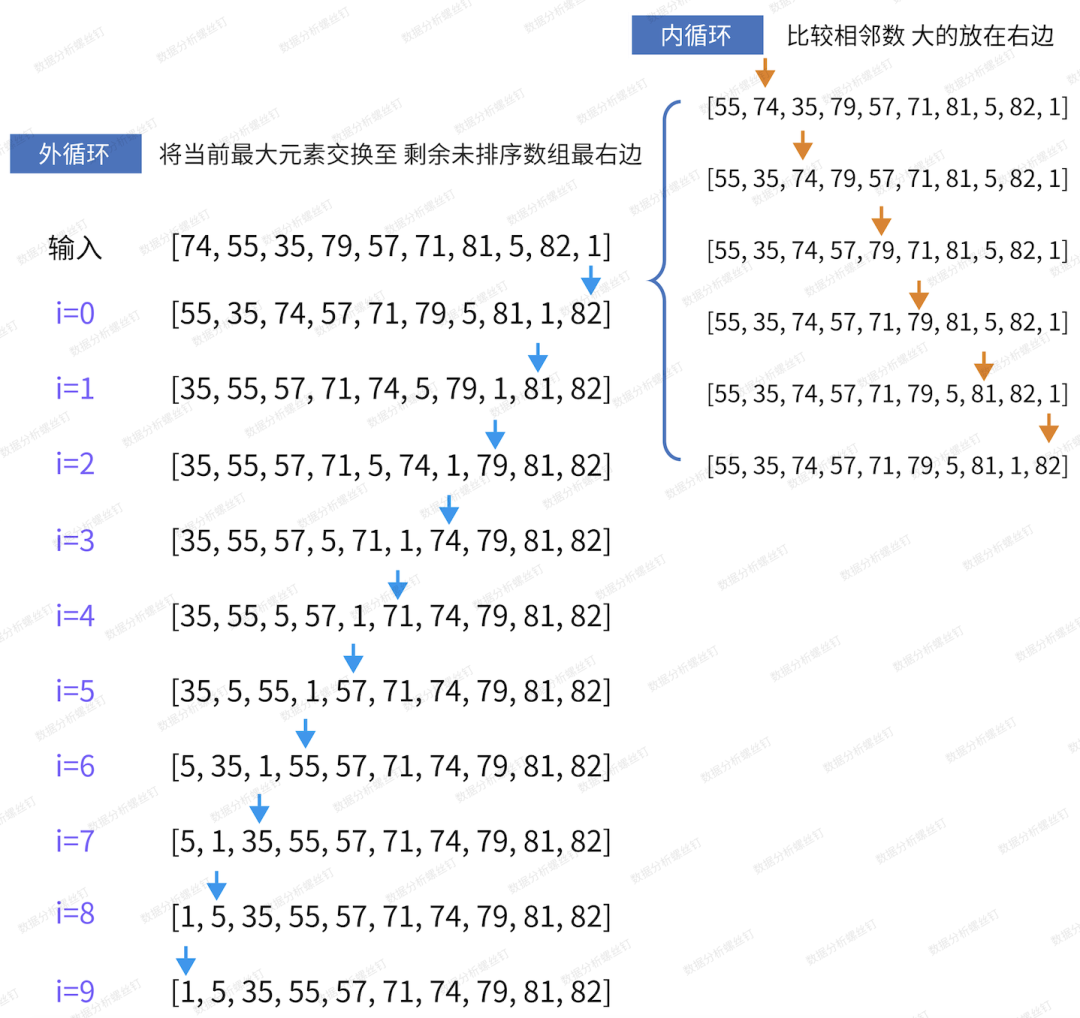
方便大家理解 这里调用 imagemagick 记录每一次的排序图片生成GIF动态演示每个冒泡的步骤
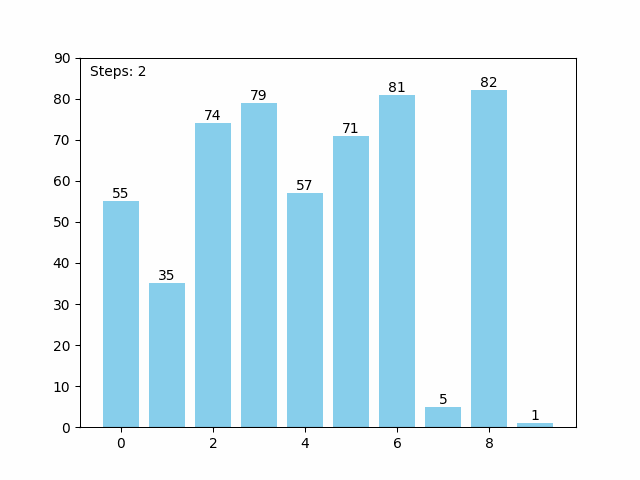
冒泡算法
def bubble_sort(arr):
n = len(arr)
for i in range(n):
swapped = False # 初始化标志位
for j in range(1, n - i):
steps += 1 # Increment steps for each comparison
if arr[j - 1] > arr[j]:
arr[j], arr[j - 1] = arr[j - 1], arr[j] # Swap the elements
swapped = True
if not swapped:
break算法复杂度
时间复杂度:平均和最坏情况下是O(n^2),最佳情况是O(n)(如果列表已经排序)
空间复杂度:O(1),因为它是一个原地排序算法
完整代码
有使用动态效果图展示,所以需要先安装 imagemagick,安装步骤简介
Windows:
- 访问 ImageMagick 的官方下载页面: ImageMagick Download
- 下载适用于 Windows 的安装程序。
- 运行安装程序并遵循提示进行安装。在安装过程中,确保选中“Add application directory to your system path”以便在任何命令行窗口中使用 ImageMagick。
macOS:
可以使用 Homebrew 安装 ImageMagick:
- 打开终端。
- 如果您还没有安装 Homebrew,请先安装它。可以从 Homebrew 官网 获取安装命令。
- 安装 ImageMagick,运行以下命令:
brew install imagemagick
import numpy as np
import matplotlib.pyplot as plt
from matplotlib.animation import FuncAnimation
def bubble_sort(arr):
"""
Performs bubble sort on a list and counts the steps.
Parameters:
arr (list): The list to be sorted.
Returns:
(list, int): A tuple of the sorted list and the number of steps taken.
"""
n = len(arr)
steps = 0 # Initialize step count
for i in range(n):
swapped = False
for j in range(1, n - i):
steps += 1 # Increment steps for each comparison
if arr[j - 1] > arr[j]:
arr[j], arr[j - 1] = arr[j - 1], arr[j] # Swap the elements
swapped = True
if not swapped:
break
return arr, steps
def bubble_sort_unoptimized(arr):
n = len(arr)
steps = 0 # Initialize step count
for i in range(n): # 外循环
for j in range(0, n-i-1): # 内循环
steps += 1
if arr[j] > arr[j+1]:
arr[j], arr[j+1] = arr[j+1], arr[j]
return arr,steps
def initialize_animation(arr):
"""
Initializes the bar chart and text annotations for the animation.
Parameters:
arr (list): The list based on which bars are plotted.
Returns:
tuple: Contains the figure, axis, bars, and text annotations.
"""
fig, ax = plt.subplots()
bar_rects = ax.bar(range(len(arr)), arr, color='skyblue')
ax.set_ylim(0, int(max(arr) * 1.1))
text_annotations = [ax.text(rect.get_x() + rect.get_width() / 2, rect.get_height(), str(val), ha='center', va='bottom')
for rect, val in zip(bar_rects, arr)]
steps_text = ax.text(0.02, 0.95, '', transform=ax.transAxes)
return fig, ax, bar_rects, text_annotations, steps_text
def update_animation(frame, arr, bar_rects, text_annotations, steps_text, steps_count):
"""
Update function for the animation that shows the sorting process.
Parameters:
frame (int): The current frame number in the animation.
arr (list): The list being sorted.
bar_rects (BarContainer): The bars representing the list elements.
text_annotations (list of Text): The text annotations for each bar.
steps_text (Text): The text annotation for the number of steps.
steps_count (list of int): A list containing a single integer that counts the steps.
"""
n = len(arr)
swapped = False
for i in range(n - 1):
if arr[i] > arr[i + 1]:
arr[i], arr[i + 1] = arr[i + 1], arr[i] # Swap elements
swapped = True
steps_count[0] += 1 # Increment the steps count
break
# Update the bars and text annotations
for rect, val, text in zip(bar_rects, arr, text_annotations):
rect.set_height(val)
text.set_text(str(val))
text.set_position((rect.get_x() + rect.get_width() / 2, val))
steps_text.set_text(f'Steps: {steps_count[0]}') # Update the steps display
if not swapped:
anim.event_source.stop() # Stop the animation if no swaps occurred
# Main execution part
if __name__ == "__main__":
# Define the unsorted array
unsorted_arr = [74, 55, 35, 79, 57, 71, 81, 5, 82, 1]
# Perform bubble sort and get the sorted array with step count
sorted_arr, steps = bubble_sort(unsorted_arr.copy())
print(f'Sorted array: {sorted_arr}')
print(f'Steps taken: {steps}')
# Initialize the animation plot
fig, ax, bar_rects, text_annotations, steps_text = initialize_animation(unsorted_arr)
# Create the animation object
anim = FuncAnimation(fig, update_animation, fargs=(unsorted_arr, bar_rects, text_annotations, steps_text, [0]),
frames=range(len(unsorted_arr)**2), interval=500, repeat=False)
# Save the animation to a GIF file
anim.save('bubble_sort_with_steps.gif', writer='pillow', fps=2)
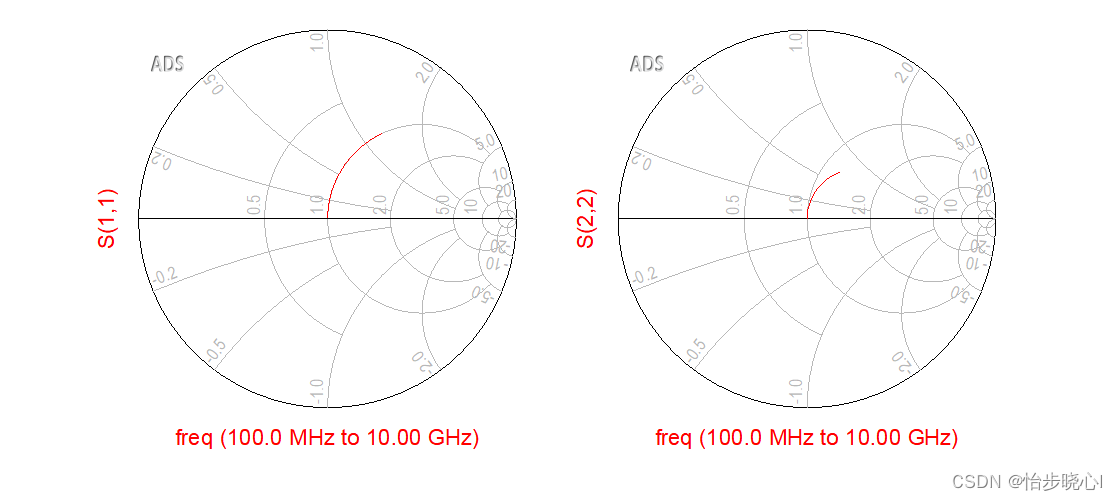
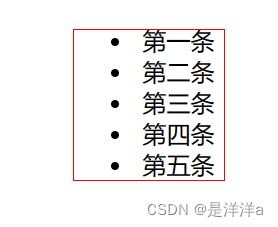
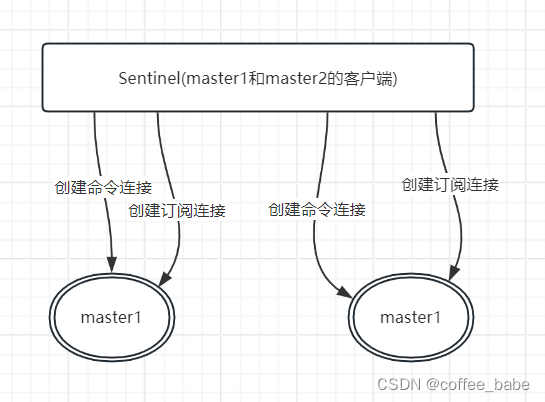

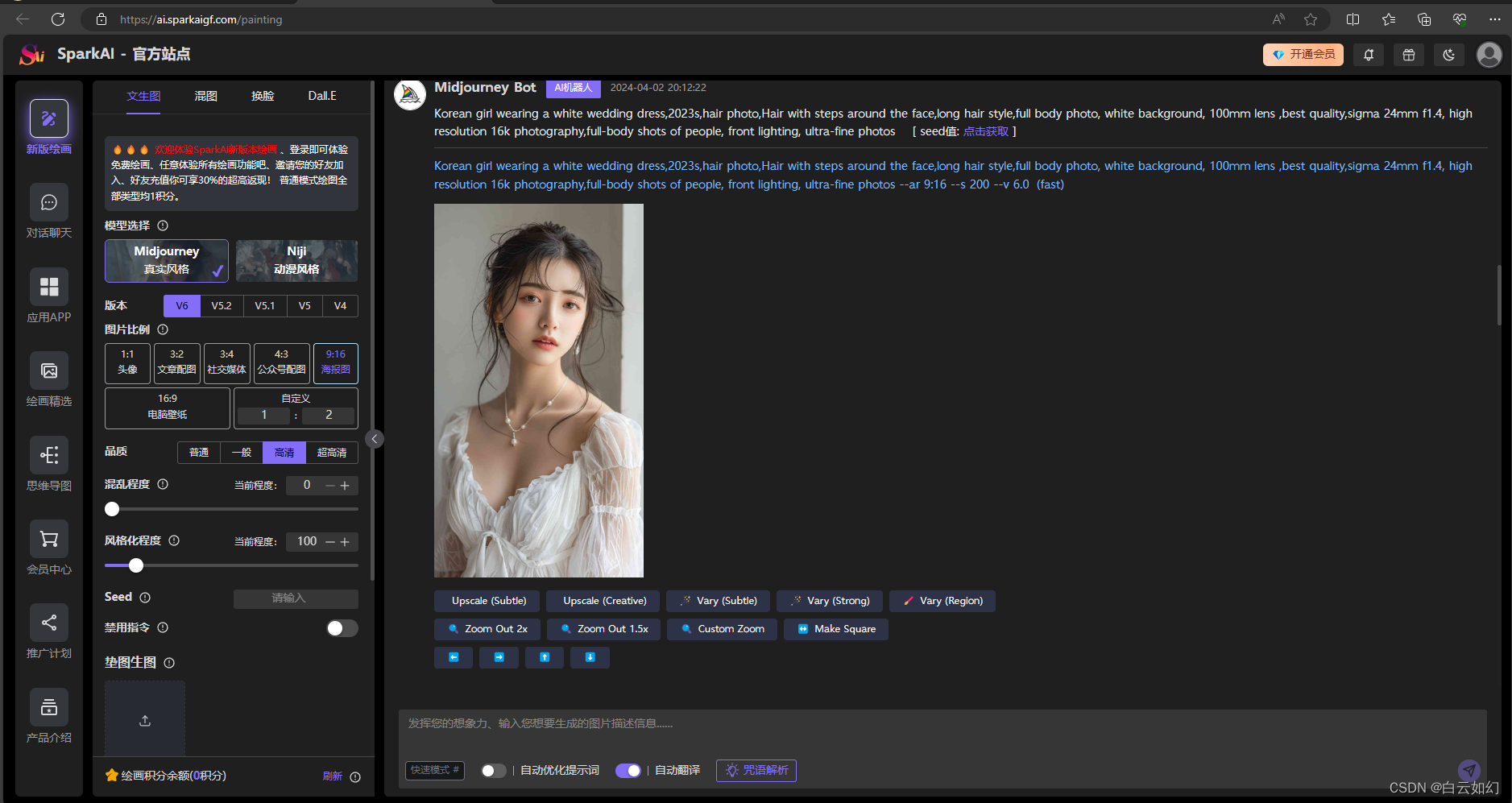

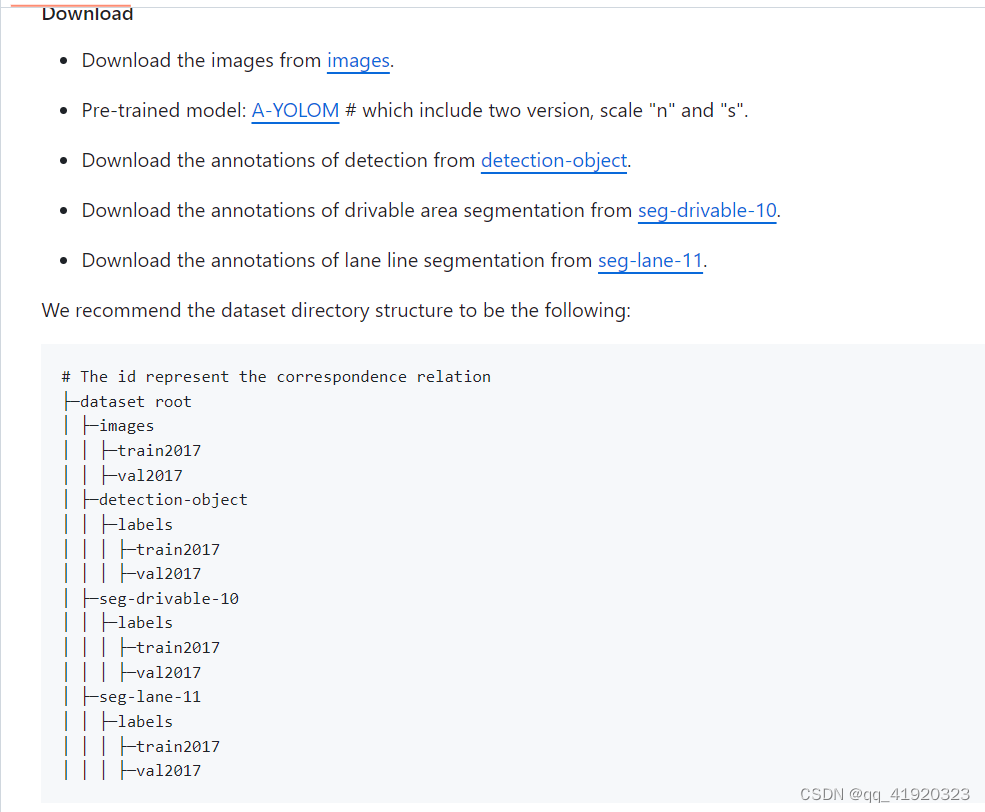

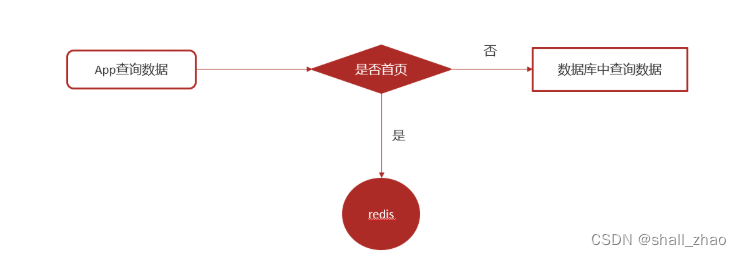

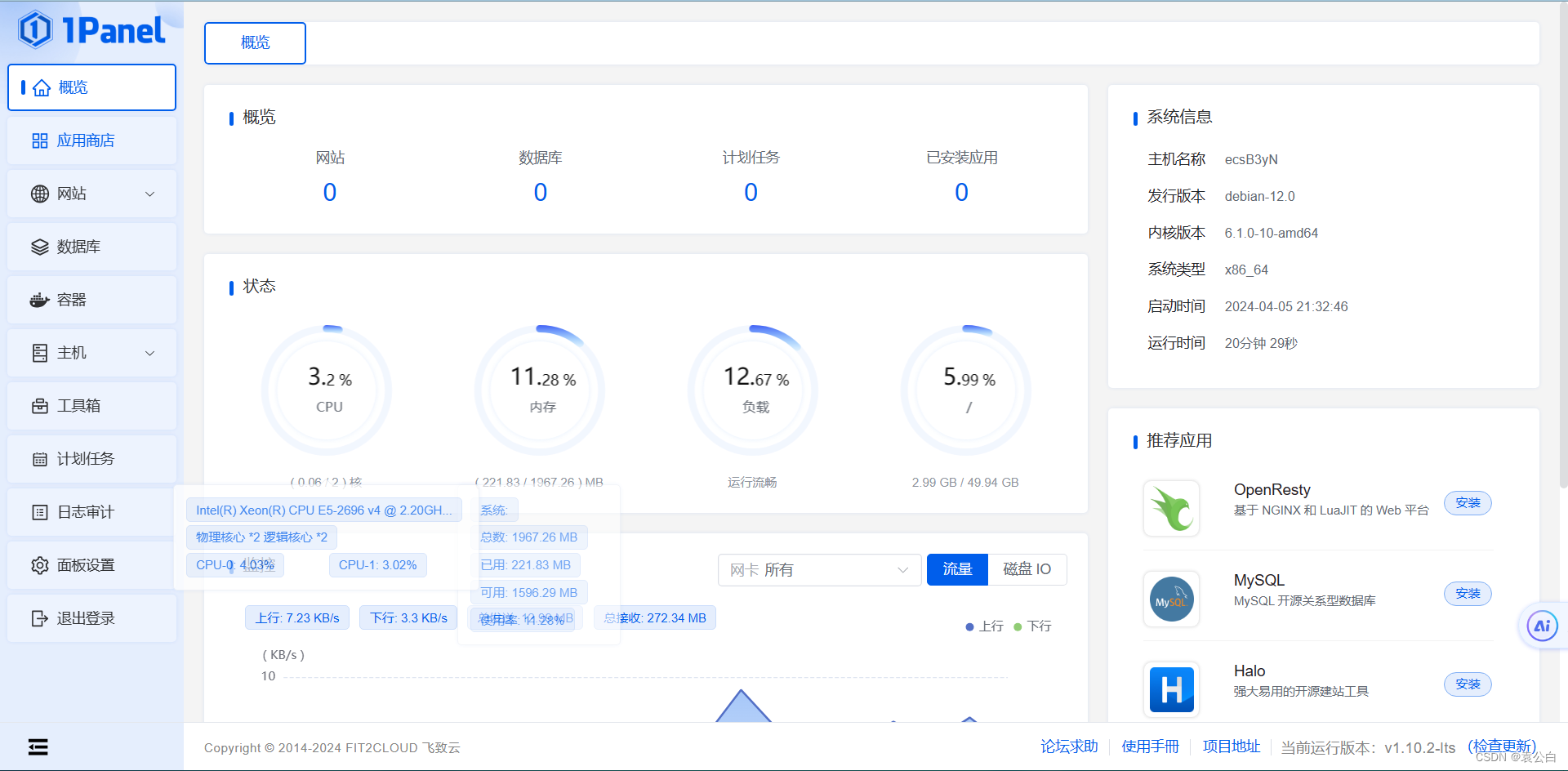



![蓝桥杯(5):python动态规划DF[2:背包问题]](https://img-blog.csdnimg.cn/direct/0caab64c3f4d4ba69bd2c208e455ab64.png)
![Vue 样式技巧总结与整理[中级局]](https://img-blog.csdnimg.cn/direct/2ef7d9e8907246a9bafaec9197eaaedb.png)

